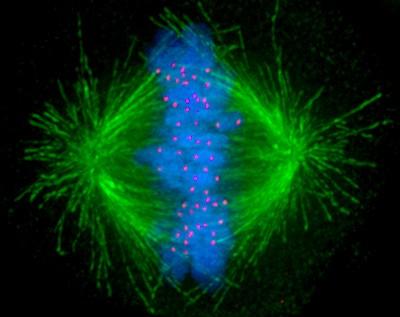Obesity is a heterogeneous chronic disease that has become an extremely prevalent public health problem and one of the greatest threats to human health and well-being in the 21st century. Obesity-related complications place an enormous burden on patients and healthcare systems worldwide, and there is an urgent need for effective and safe obesity treatments.
Enteric insulin-based drugs (e.g., GLP-1, GIP) have been used in type 2 diabetes and obesity treatments, such as simethicone (GLP-1 receptor agonist) and tilprotectin (dual GLP-1/GIP receptor agonist), which not only bring about significant weight loss but also improve cardiovascular health. However, the need for enhanced efficacy and improved pharmacokinetics to reduce the frequency of administration and side effects remains high for patients.
On February 5, 2024, researchers at Amgen published an article in the journal Nature Metabolism entitled "A GIPR antagonist conjugated to GLP-1 analogues promotes weight loss with improved metabolic parameters in preclinical and phase 1 settings".
AMG 133, a bispecific molecule developed by Amgen that combines a fully human monoclonal anti-GIPR antibody conjugated to two GLP-1 analog agonist peptides, was shown to be effective in reducing body weight and improving metabolic health in male obese mice and cynomolgus monkeys.
In a Phase 1 randomized, double-blind, placebo-controlled clinical trial in obese participants, AMG 133 had an acceptable safety and tolerability profile, as well as significant dose-dependent weight loss, with participants in the high-dose group losing an average of 14.5% of their body weight by the time of the third injection (day 85) after one injection every four weeks, and more importantly, AMG 133 demonstrated excellent durability that weight loss remained above 11% at 150 days post-treatment.
Glucagon-like peptide-1 (GLP-1) and glucose-dependent insulinotropic polypeptide (GIP) are intestinal sources of enteroglucagon that enhance glucose-stimulated insulin secretion and have been shown to play important roles in weight regulation. In addition to the effects of enteroglucagon, GLP-1 promotes satiety, whereas GIP promotes lipid storage and metabolic regulation.
Several GLP-1 receptor agonists (GLP-1RA) have been approved for the treatment of type 2 diabetes and are also effective in reducing body weight. Although GLP-1RA has been relatively successful in weight reduction, the addition of additional pathways involved will further enhance weight reduction, increase the durability of effects, and improve tolerability. Single-molecule multispecific agonist peptides targeting multiple enteroinsulin pathways have emerged as promising therapeutic strategies for weight loss.
Human genome-wide association analysis (GWAS) showed that the GIP receptor (GIPR) contributes to the regulation of body weight and that GIPR knockout mice are not affected by diet-induced obesity. Pharmacological inhibition of GIPR using anti-GIPR antibodies prevented weight gain in diet-induced mice and obese cynomolgus monkeys. In addition, GIPR antagonism combined with GLP-1R agonism synergistically reduced body weight in diet-induced mice and obese cynomolgus monkeys, suggesting that GIPR/GLP-1R bispecific molecules may enhance obesity treatment.
To test this hypothesis, a series of GIPR antagonist antibodies (GIPR-Ab) conjugated to GLP-1 peptides were developed and studied by Amgen. These bispecific molecules antagonize GIPR and agonize the GLP-1R pathway, leading to weight loss and improved metabolic parameters in obese mice and monkeys.
AMG 133 (named Maridebart cafraglutide) is an optimized GIPR/GLP-1R bispecific molecule made by binding a fully human GIPR monoclonal antibody to two GLP-1 analog agonist peptides via amino acid linkers.
In this study, the research team reports on the design, preclinical development, and clinical validation studies to evaluate the safety and tolerability, pharmacokinetics, and pharmacodynamics of AMG 133.
The study confirmed GIPR antagonist and GLP-1R agonist activity in cellular systems and reported on the ability of AMG 133 to reduce body weight and improve metabolic markers in male obese mice and cynomolgus monkeys.
In terms of safety, the safety profile of AMG 133 was similar to that of GLP-1 receptor agonists and GLP-1/GIP receptor dual agonists, with gastrointestinal-related adverse events, including nausea and vomiting, being the most common and mostly mild in severity. No increase in the severity of nausea, vomiting, or other treatment-related adverse events was observed with increasing doses of AMG 133.



